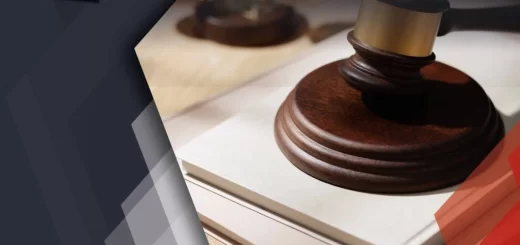How to convert Rough Sketches into Patent Drawings?
Patent drawings assist in the understanding of an idea/invention. Which is why, patent laws often require atleast one patent drawing (also known as patent illustration) of the idea/invention to be furnished by the patent applicant.
Generating professional patent drawings requires technical skill and creativity. A draftsperson’s experience, professional references and use of technology are good indicators of competence and skill and are a key factor in determining how well a rough sketch can be transformed into a professional patent drawing. As the drawings requested by the patent offices need to adhere to certain guidelines, it is crucial to work with a professional patent illustrator.
While the creation of patent illustrations was initially done using the traditional method, however, with advancements in technology, there are new ways of creating patent drawings using computer aided designs. Let us get to know each method:
Table of Contents
Sketches into Patent Drawings: The Traditional Method
The traditional way of creating patent drawings is with a pen and a ruler. While basic tools are inexpensive, the drawing is fairly difficult to create. Moreover, there is little room for mistakes; except for very small marks, and it also gets difficult to correct misplaced ink lines. It is also necessary to learn basic drawing techniques, especially how to draw perspective views that show all the features of your invention. A popular technique that is helpful for some inventions is to trace photographs.
Sketches into Patent Drawings: The Modern Way
The new way of creating patent drawings is through computer-aided design and drafting (CADD). Most illustrators are skilled in (CADD) and have gained experience under the supervision of senior professionals. Companies regularly hire draftspersons, who possess a distinct skill-set, including the ability to hone a variety of approaches and perspectives. Their proficiency in this field must be acquired through years of experience in similar work, which is often hard to substitute.
It is not the quality of the equipment but the skill of the draftsperson that is important here. While the traditional hand-drawn figures are still acceptable, however, the most cost-effective process is to make drawings from CADD files, which avoids the draftsperson having to recreate the drawings from scratch or for items that have already been manufactured or for existing prototypes.
Process
Once you have an idea, the next step is to prepare rough sketches to explain the idea visually while also drafting the written part of the patent application. If you are artistically and photographically challenged and find it difficult to draw a straight line, there are new computer programs available that can draw your designs and even erase errors with ease.
Modern-day computer-aided drawing (CAD) programs work wonders in the field of illustration. This is so as they let you produce accurate drawings with minimal errors. In fact, you don’t need any drawing skills in the traditional sense, and you can correct mistakes as easily as you correct typos with a word processor.
With the use of a scanner, you can scan any photograph and then import the scanned image into a CAD program. By using a digital camera, you can photograph any object and transfer the image directly to your computer with the help of a cable. Once it’s there, tracing it is easy. Since a mouse is used, instead of a pen, you don’t even need a steady hand.
Illustrators also often use CAD program to draw inventions from scratch. It is advisable to use a program that allows the design of a 3D representation of your invention by using and modifying geometric building blocks. Once that is developed, you are then able to transform the 3D model to create different views and perspectives and subsequently submit the printed results to the PTO.
Advantage
Creating drawings in CADD has its advantages as it allows electronic data to be archived to simplify the subsequent amendment of drawings. Patent drawings can be modified to create new drawings; and duplicate elements in a drawing can be copied and reused instead of having to redraw each one manually. Sagacious IP understands the importance of illustrations for patents and offers patent drawing services to its esteemed clients. Our expert illustration team offers drawings that are drafted keeping in mind the rules of the concerned PTO. Click here to know how our team can assist you in utility and design patent drawings.
-Sarvil Vikram Singh & Abhiranjan Singh (illustration) and the Editorial Team




